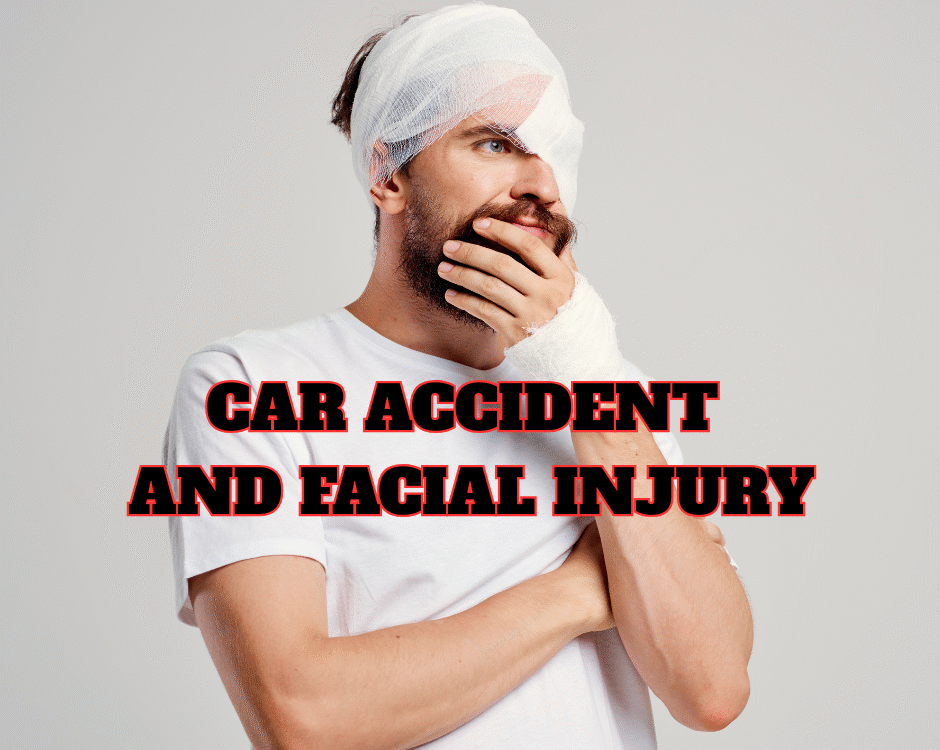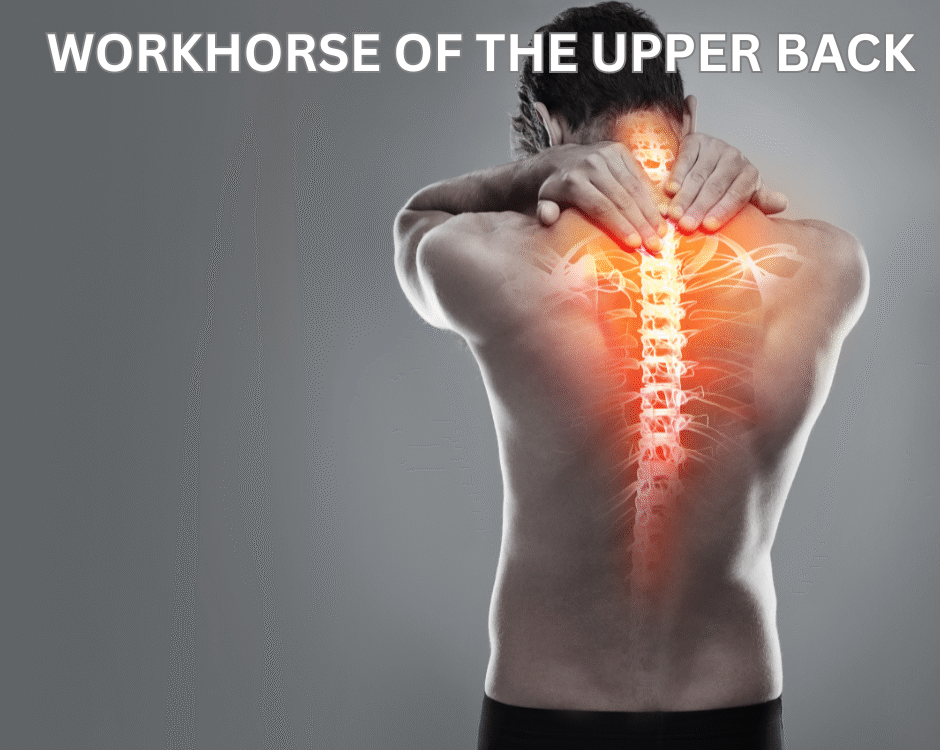Injured Achilles’ Tendon in Motor Vehicle Accidents

Foods Can Relieve Muscle Cramps
September 18, 2023
Oral Decongestants Under Fire
September 18, 2023Achilles’ Tendon Injuries in Motor Vehicle Accidents
Motor vehicle accidents (MVAs) can result in a wide range of injuries, some of which are immediately apparent, while others may come on later. One such injury that can occur in MVAs is damage to the Achilles’ tendon. The Achilles’ tendon, located at the back of the ankle, is crucial for walking, running and just about anything that involves the foot. Dr. Aaron Workman, a top chiropractor at one of the highest rated auto injury medical programs, Chambers Medical Group, takes a look at this specific injury in MVAs, its other causes, symptoms, and treatment options.
The Achilles’ tendon is the largest and strongest tendon in the human body. It connects the calf muscles to the heel bone. This tendon works in activities that involve ankle movement, including walking, running, jumping, and standing on tiptoe. Since this is such a large tendon, its injury can significantly impact an individual’s mobility.
Achilles’ tendon injuries in MVAs typically occur due to the sudden, forceful movements that take place during a collision. Several mechanisms can lead to Achilles’ tendon injuries in these situations:
- Rapid Deceleration: When a vehicle suddenly stops or slows during a collision, the occupants may be thrust forward in the seat. This movement can result in the ankle forcefully pointing upward, possibly causing damage to the Achilles’ tendon.
- Impact Injuries: In high-impact collisions, debris and vehicle components may intrude into the passenger compartment. These objects, including lower airbags, can strike the lower legs and feet, potentially injuring the Achilles’ tendon.
- Foot and Ankle Placement: The position of an occupant’s foot and ankle at the time of impact can play a large part in whether it is injured. It is at this moment that a person is trying to do everything in their power to stop their car or prevent injury. The foot may be forcefully braced on the floorboard or on the brake causing some of the impact forces to go into the feet and ankles.
Common signs and symptoms include:
- Pain: Individuals may experience pain at the back of the ankle, which can range from mild to severe. It can range from a sharp pain, burning pain or deep throbbing with movement.
- Swelling: Swelling around the Achilles’ tendon may occur due to inflammation.
- Tenderness: The affected area can be tender to the touch.
- Stiffness: Reduced ankle flexibility and stiffness are common complaints.
- Weakness: There may be difficulty with activities that involve pushing off the toes, such as walking or running.
- Loud “Pop”: I experienced this sound firsthand in an Achilles injury where my foot was in a strained position. This sound was followed by all the symptoms above. If it “Pops” you have to get it evaluated.
The treatment of Achilles tendon injuries resulting from MVAs can vary depending on the severity of the injury and what treatment is available for you:
- Rest and Immobilization: Mild to moderate injuries may respond well to rest, immobilization with a brace or cast, and therapy. This allows the tendon to heal without surgical intervention.
- Pain Management: Over the counter or prescription pain medications may be necessary to manage pain and reduce inflammation.
- Surgery: Severe Achilles’ tendon injuries, including complete tears, may require surgical repair.
- Rehab: Following surgery or during the recovery process, rehabilitation is important. This includes exercises to gradually strengthen the tendon and improve function. Ultrasound, heat, ice or stretching may also help during the recovery process.
- Casting and Bracing: Depending on the specific injury, casting or bracing may be necessary to keep the ankle in a protected position during healing.
It is important to seek prompt medical attention if you suspect an Achilles tendon injury after an MVA. Here at Chambers Medical Group, we can evaluate an ankle injury following an MVA and help you get the best course of action for your injury. This may include rehab, pain management, advanced imaging, or referral for possible surgery in severe cases.
— This article is written by Aaron Workman, DC, one of the members of Chambers Medical Group’s team of car accident chiropractors who offer a variety of treatments and therapies ranging from diagnostic testing to various soft tissue therapies for car accidents and injuries in Kentucky.
.
–
Have you been in a car accident? If you or somebody you know has been in a car accident, be sure that you seek medical attention from a car accident doctor or car accident chiropractor to treat your injuries. Visit Chambers Medical Group to receive world-class medical treatment for your injuries.
Chambers Medical Group has car accident medical clinics in the following locations:
- Car Accident Medical Clinic in Tampa
- Car Accident Medical Clinic in Plant City
- Car Accident Medical Clinic in Brandon
- Car Accident Medical Clinic in Lakeland
- Car Accident Medical Clinic in Sarasota
- Car Accident Medical Clinic in Louisville
- Car Accident Medical Clinic in Lexington
- Car Accident Medical Clinic in Florence




